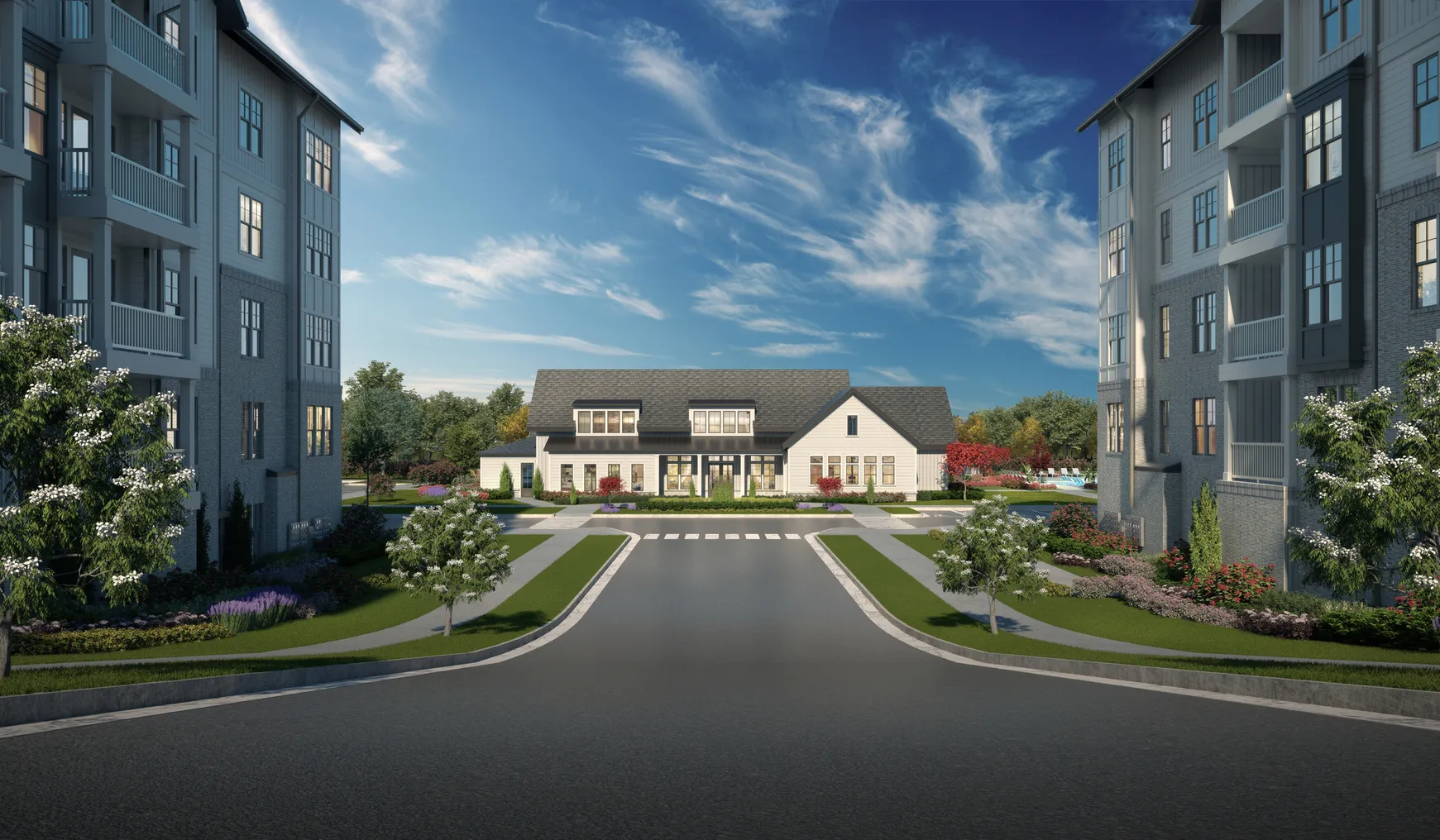
How developers are keeping the construction pipeline flowing
Apartment developers are getting creative in order to keep the construction pipeline flowing amid construction and capital challenges.
Four of the developers leading those efforts described their approach to continue building new housing in a session at the 2023 NMHC Apartment Strategies Conference in Las Vegas Tuesday. Each of the panelists has seen delays in their construction projects as the macroeconomic environment has shifted.
Jair Lynch Real Estate Partners had planned to have three market-rate projects start construction in 2023, but those projects are now delayed, said Ruth Hoang, the Washington, D.C.–based company’s senior vice president, development. “We’re still hoping one of them moves forward, but that’s 1,500 units and hopefully 600 move forward this year.”
Hoang said the developer is pivoting to ramp up its attainable housing strategy, investing $1.6 billion in acquisitions in that portfolio such as The Barcroft, a 1,300-unit affordable community in Arlington, Virginia. The strategy of pivoting to mixed-income or affordable housing development was echoed by the other panelists.
“We are going to focus on workforce housing,” said Kimberly Grimm, chief development officer for Menomonee Falls, Wisconsin–based Continental Properties. Grimm said that focus allows the company to go into more secondary or tertiary markets where the municipalities are “a little more reasonable” when it comes to scope, permitting and reducing fees.
“We are trying to build a pipeline to have a significant number of groundbreakings in 2024,” she said.
Teaming up with municipalities and other partners is one creative way to move projects forward. On The Barcroft project, Jair Lynch partnered with Arlington County and the Amazon Housing Equity Fund to secure $310 million in low-interest financing to win a competitive acquisition process and preserve the community’s affordable housing.
Is pricing relief here?
The potential upside of the shifting economic environment and declining starts is an easing of labor supply constraints, and the panelists predicted the trend will have an impact on construction costs as the year goes on.
“The most common question I get is when is construction pricing going to come under control to save my deal?” said Dan Hull, president of construction for Cleveland-based NRP Group. Looking back at the period from late 2020 to mid-2022, the industry saw permits skyrocket 50% while completions only slightly ticked up as demand outstripped the industry’s ability to build and complete projects. The COVID-19 supply chain shortages amplified the problem.
“As I look at the next 9 to 12 months, I look at our ability to complete to start ticking up and permits to come back down to parity, and when that happens I see our buying power increase with subs,” Hull said.
NRP has also had success in recent years by expanding direct purchasing to improve buying power. The developer executed a large lumber purchase for 13 properties, for example, as a way to squeeze out some additional savings.
Value by design
Value engineering is an inevitable step in making projects pencil out as capital costs rise, and the panelists said they’re looking for creative ways to reduce costs without negatively affecting the resident experience.
Rather than having those value-engineering conversations at the end of a project, where decisions will impact finishes that residents can see and touch, the process should start earlier during building design, said Chip Bay, chief construction officer for Boca Raton, Florida–based Mill Creek Residential. At the design stage, developers can look at making their floor plans more efficient and more easily repeatable for subcontractors.
That strategy is especially important for affordable housing. Whereas in market-rate housing the pressure is to go bigger and better, Hull said NRP Group is working with municipalities and housing authorities to reestablish a more reasonable scope of work that’s closer to projects the firm was completing four years ago.
On the labor front, the panelists predicted that capacity will start to trickle in this year from the single-family for-sale market as starts decrease. But the developers are also working hard to develop their own pipelines for talent.
Bay said Mill Creek is hitting colleges with construction programs and beefing up its internship program.
“We’re trying to get out there early, get ahead of it with the younger construction folks that want to get in our industry and that’s worked out very well for us,” he said.











